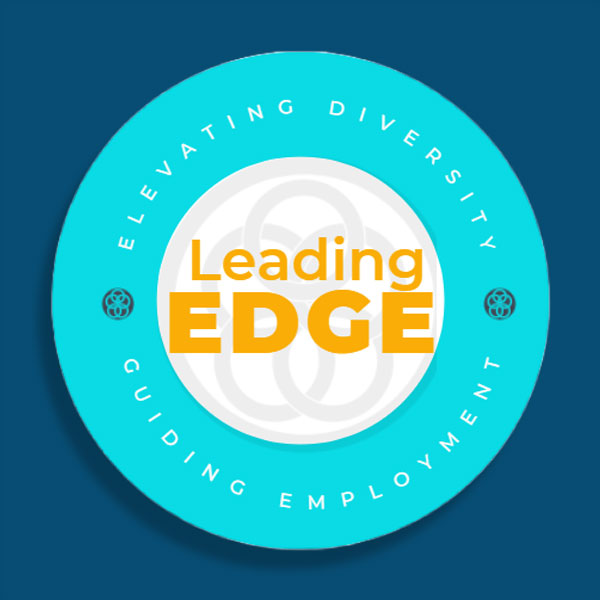How do you grow out of a crisis? Simplify your message.
Fourth in a series of five.
If you’ve been following along as I’ve covered the Growth out of a Crisis webinar series led by my colleague Alan Clayton at Philanthropy & Fundraising International, you’ve acquired:
- An introduction to Great Fundraising in the time of COVID-19,
- An understanding of the leadership behaviors that define which nonprofits will thrive and which will merely survive
- A strategy to plan for significant growth lasting five, ten years or more
Today we’ll cover a topic near and dear to the heart of all you creatives out there: Donor Needs and Communications.
Ten years of research by Alan Clayton, Adrian Sargeant and team informs recommendations every nonprofit should consider in order to make transformational leaps in the internal behaviors that drive their fundraising.
Alan calls this mindset “the new ambition.” Many of us also know it as “the big idea.” And it’s not as complicated as one might think. In fact, if it’s complicated, you need to start over, because every nonprofit should be able to distill their reason for being into one simplistic message that fires everyone up and reminds them of why they wanted to work for your organization in the first place — and why they still do!
Let’s first establish what the new ambition is not. It is not a tagline. The new ambition is also not the nonprofit’s view of your mission. It’s the donor’s view of your mission. This is a critical distinction, and while it might seem counter-intuitive to those who are not in fundraising, it’s why fundraising is a lot harder than many people think. You cannot “educate” in fundraising. You have to meet donors where they are and stick to a basic core message.
Make your fundraising adhere to the mission as your donors see it. Do you search for cures? Say that. Do you shelter those who have none? Say that. Too much discussion and hand-wringing about your message leads to mission creep, and that hurts your fundraising.
Even if your mission creeps, your donors won’t.
99% of us have a built-in basic, human need to give. To satisfy this need, we give to a problem, a cause, that matches our own identity and our own values set.
I’m sorry to say that it’s incredibly hard to influence someone’s values set. You either fit it, or you don’t.
It takes two things to build up a values set that leads to someone’s identity. It either takes a reallllllllllly long time or it takes a sudden change in their own personal circumstances. For example, there will be a small number of people who have suffered great trauma during COVID-19, and their values set will change due to that trauma.
But for the rest, their values set has been built up over many years due to their life experience, their behavior, their giving experience, their peer groups and other influencers. It won’t suddenly change. And recognizing that right now it is more important than ever. The organization who did this wonderfully well early on in the pandemic was the American Cancer Society: “Cancer hasn’t stopped. So neither have we.” Brilliant.
So if you want to improve your fundraising for the long term — and who among us doesn’t — you need to accept some of the neuroscience behind how our values are built up through the formation of neural networks. Continuous and repeated emotional experiences reinforce a correct behavior in us, and when that neural network gets big enough, it forms our values set, which becomes dominant in our belief of what’s right and what’s wrong. As we go through life, we take in information. What matches up with our values set we welcome in and act upon. What doesn’t match up, we reject, and we don’t act upon it. Try as we might — and many of us try and try again with the same result — we cannot “educate” donors about how worthy we are of their support.
That is why you absolutely must focus on what your donors NEED, not on internal opinion. Easier said than done? Of course. But organizations that do so will thrive, and organizations that don’t will simply survive. You just can’t argue with brain science!
Tell your donors the biggest, simplest, emotional ideas, the ones that take you back to the day the organization was founded Remember, giving is not a duty. It is a basic human need. In exchange for giving to your organization, your donors want you to meet their four evolutionary needs:
- Empathy: The physical transfer of emotion from one person or animal to another. You physically feel their pain, you want it to go away, and so you act.
- Cooperation: COVID-19 has brought this to the fore as we have never seen. I don’t need to say any more about it than that, do I?
- Esteem: Crises bring out feelings of worthlessness, uselessness, and hopelessness. People are telling themselves, “This is so terrible, and there’s nothing I can do.” The act of giving helps to relieve that anxiety and makes people feel better about themselves.
- Sacrifice: We all need to feel a little bit brave, to stand out, to do something unusual. Give your donors the opportunity to feel they’re doing that by making a gift to you. It will work.
Here’s the really critical part. The if-you-take-nothing-else-from-this-please-understand-this-part: All four of these basic needs are heightened during and after a crisis. How your messages meet those donor needs will determine how your fundraising performs for a long time to come.
If you’d like to view the Growth out of a Crisis webinar series to see case studies of the implications of these decisions, please visit https://www.philanthropyfundraising.com or leave a comment in this blog post. I’ll also continue to summarize the series here in my next installment: “Focus, Energy and Action.”
Kyla Shawyer, CEO Philanthropy & Fundraising North America and Creative Consultant, DSIL Global, is a passionate advocate for sharing and collaboration in the social good space. After 14 years leading nonprofits, including Operation Smile, the Resource Alliance and the IFC global nonprofit community, Kyla has seen firsthand the magic and impact that can be created when we break down barriers and open our minds and our hearts to new ways of collaborating together.



